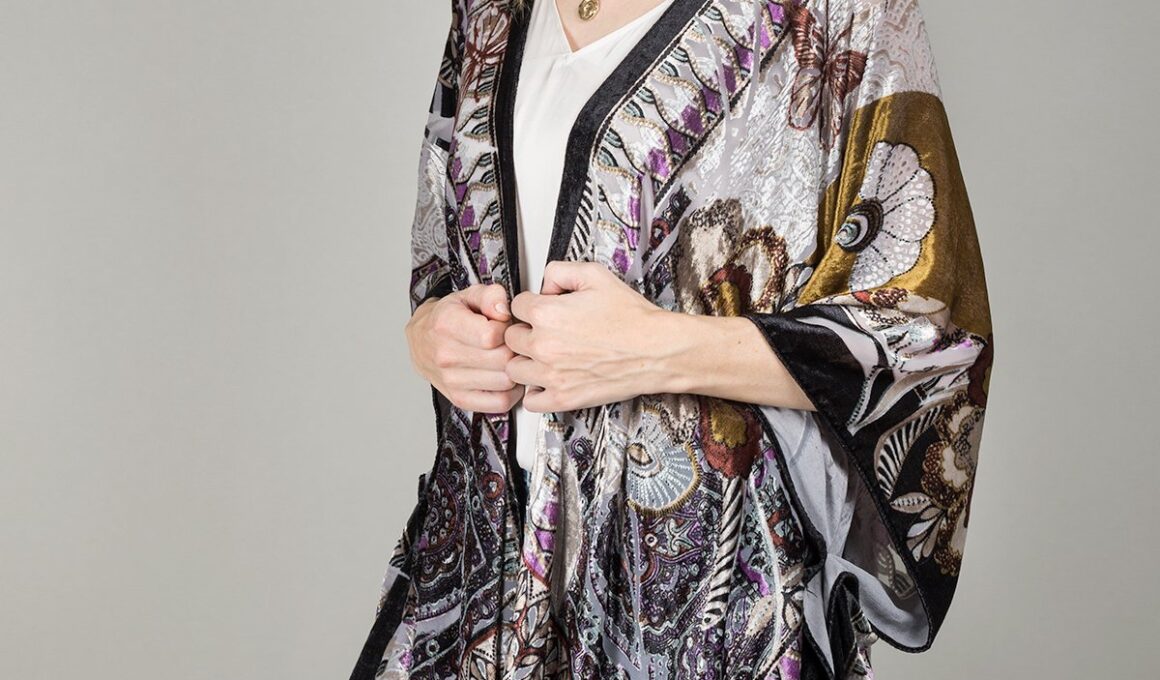In the personalities of many individuals thinking about an excursion to Japan, one of the notable pictures of this wonderful nation is its public dress, the kimono. Kimono has existed for many years in Japan and keeps on being a suffering picture addressing Japanese culture. What is the historical backdrop of this flawless article of clothing and how can it keep up with its prevalence in Japan even though a great many people can’t dress themselves?
What is a Kimono?
In the same way as other things in Japan, kimonos are accepted to be vigorously impacted by Chinese culture, for this situation, the silk articles of clothing worn by the Wu Dynasty in the third century AD. Kimono in Japan showed up very not quite the same as how we see them today until the Heian Period beginning in the late eighth century, when new procedures for making kimono were created that were less work escalated and delivered less squandered texture.
The first significance of kimono 着物 is “things to wear”, yet ultimately it advanced to depict just the customary piece of clothing of Japan. Kimono are produced using a solitary length of material called tanmono 反物, around 36-42 cm wide and 12 meters in length. The style fluctuates just marginally among people, fundamentally in the sleeves, which are for the most part more for ladies, giving a more elegant appearance.
However individuals accept genuine kimonos that are made uniquely from silk, the truth of the matter is that numerous cutting edge kimonos are produced using an assortment of textures including cotton, fleece, cloth and even polyester. Silk was viewed as the best kimono texture, and many individuals actually want to possess a silk kimono, however they are hard to clean and really focus on. There are a wide range of styles of silk made in various locales of Japan, some of which you wouldn’t perceive as silk regardless of whether you looked carefully.
Styles of Kimono
Kimono will in general be more well known with ladies than with men, and likely in light of current circumstances. Men’s styles will in general be traditionalist in the two tones and examples; for the most part, men’s kimono are strong shadings in brown, blue, or dim with similarly downplayed obi to tie them. As of late some advanced kimono producers have begun exploring different avenues regarding bolder styles for youngsters with an end goal to restore kimono as men’s design.
Ladies, be that as it may, have consistently had a more noteworthy assortment of shadings and examples to browse, however the opportunity to pick one’s kimono style is a greater amount of a deception than reality in conventional kimono culture. Kimono examples and shadings are adjusted near the seasons and hence just certain tones and examples are suitable relying upon the season. Blue might be your #1 shading, however blue is viewed as a late spring tone so kimono conservatives would quietly dislike you wearing a blue kimono in the Spring. This conservative perspective on kimono might be to some degree liable for the decrease in wearing kimono as ladies think that it is troublesome and costly to cling to the unwritten guidelines. Luckily, some cutting edge kimono organizations are attempting to rethink the kimono to disrupt out of these guidelines, making current examples that aren’t lined up with a specific season.
Other than a more prominent assortment of shadings, ladies likewise have an enormous assortment of kimono types to browse. Albeit the fundamental state of the kimono is essentially a norm, textures and examples can fluctuate generally even inside a solitary season. Some kimonos are likewise made for extraordinary events or sorts of callings.
Kimonos with ordinary length sleeves come in various kinds for various events. Komon 小紋 are the most relaxed sort of kimono, generally covered with a rehashing design and produced using cotton or some lighter, more affordable material. This was the normal wear of Japanese ladies before Western garments became well known in the twentieth century.
Plain iromuji 色無地 are strong hued kimono normally utilized in tea service and other semi-formal occasions. More splendid shadings are saved for more youthful ladies and ladies are in some cases reprimanded for wearing a shading that isn’t age-fitting.
Houmongi 訪問着 are more conventional kimono, regularly colored with intricate examples looking like canvases that stream over the shoulder and sleeves or underneath the midriff to the hemline. These are the “party dresses” of kimono, intended to be worn to fancy occasions and be seen.
Tomesode 留袖 are the most formal non-wedding kimono. They are colored or weaved with the family peak in 3 or 5 areas on the sleeves and the middle back beneath the neck area. Like houmongi, they are enhanced with intricate examples either colored or weaved, in some cases with genuine gold strings. Hitched ladies just wear dark tomesode while unmarried ladies can wear tomesode in an assortment of shadings.
Kimono with the longest sleeves are called furisode 振袖 and are for the most part just worn by young ladies and unmarried ladies. These are additionally the kimono frequently worn by the maiko now and then seen rushing through the roads of Kyoto, or all the more regularly by vacationers sprucing up like them. The most costly furisode are produced using silk however polyester furisode are normal as rental kimono.
